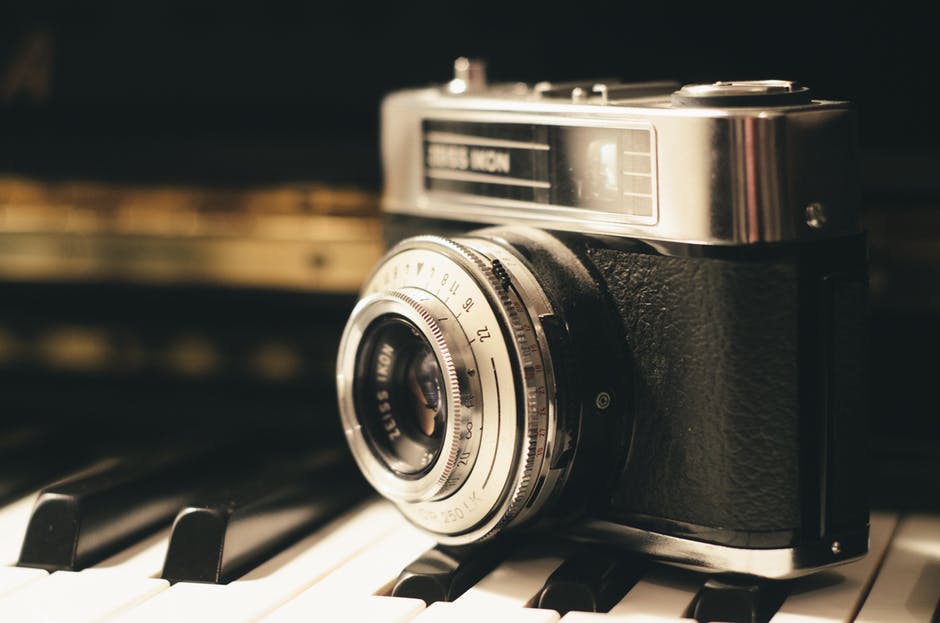The promotion of the Games
COOB’92 considered that certain aspects of the organisation of the Games of the XXV Olympiad should be brought to public attention and support given to a number of events related to them and to the particular identity of Barcelona’92, such as informative exhibitions, visits to the facilities, the cartoon series with Cobi as the leading character or the promotion campaigns.
The travelling exhibition. The campaign Barcelona’92, everyone’s goal: the Olympic project in your city, based on a travelling exhibition inside an inflatable replica of the Olympic Stadium, visited all the capitals of the autonomous communities in 1990, just as the Olympic Bus had done during the Candidature phase.
The permanent exhibition. At the end of 1990, COOB’92 drafted a project for a permanent exhibition at the Olympic Stadium. It was called Olympic Barcelona and was opened on 13 March 1991 to coincide with the celebration of the 500 days left before the Games.
Relations with the media
COOB’92 was always aware of the importance of the media to the success of the Olympic Games. At the Candidature stage, they had played a fundamental role, insofar as they were a vehicle for the enthusiasm of society for the choice of Barcelona as host city. During that phase the Press Department was set up and integrated into the Image and Communication Division. It was responsible for establishing COOB’92 communications policy and applying it in relations with the media.
The Press Department defined different levels of relations and activities, according to the location of the media (Barcelona-Catalonia, the rest of Spain and abroad). In all cases permanent, personal communication was provided, fundamentally by telephone. Moreover, there were a wide range of information activities produced regularly by COOB’92 and addressed to the media: briefings (press conferences and work sessions), publications (a daily bulletin, a weekly newsletter and a press dossier which was updated every six months), PR events (organised visits, tours of inspection and presentations) and a welcome campaign (for receiving reporters and supplying them with the information they needed on the days leading up to the Games).
Public information
In view of the public interest aroused by the Olympic Games all around the world and the avalanche of requests for general and particular information which had to be answered without disturbing the work of the divisions in charge of each subject, the Public Information Department was set up in the Image and Communication Division.
Its objective was to inform the general public and spectators about all matters directly connected with the Olympic organisation (sales of tickets, accommodation, commercial rights, visits to the venues, calendar, volunteers, competitors and so on) and about the public activities and services related to the Games.
The channels used to send the information were the telephone, the post, the fax, personal attention and publications for mass distribution.
The Official Film
In the contract signed with the IOC in Lausanne on 17 October 1987, the Barcelona organisation undertook to make the Official Film for the 1992 Games. The copyright would belong to the IOC, which would cede the rights to commercial exploitation to COOB’92 or the producers of the film for a period of four years. COOB’92 decided later to entrust the project to a producer who would assume all expenses involved in financing, production and distribution.
After studying the proposals, COOB’92 chose the one presented jointly by three Spanish production companies: Group Films, Iberoamericana Films Internacional and Lola Films. Their project was a documentary called Marathon, which also included elements of historical reconstruction and drama and was to be directed by High Hudson, who had made Chariots of Fire.
However, Just a few weeks before shooting was due to start, Hugh Hudson abandoned the project over differences with Ibergroup and for personal reasons. Carlos Saura was then hired to direct the film.
The hiring of Saura brought changes to the plan for Marathon. The script was modified: the narrators were removed and attention was centred mostly on the universe of the competitor. Moreover, after attending the opening ceremony, Saura decided to do the reconstruction of the Battle of Marathon with La Fura dels Baus, who joined the production team.
Protocol
From the moment it was created, the COOB’92 External Relations Division guided the activities connected with organising and managing the programmes of services for the members of the Olympic Family who would be visiting Barcelona during the period leading up to the Games and, in particular, personal attention to the members of the IOC, VIPs and Spanish and foreign dignitaries. The division was also responsible for drafting the protocol project for the Barcelona’92 Olympic Games.
The characteristics of the Barcelona Games and the special circumstances surrounding them -among which we should mention both the fact that
they coincided with other events held in Spain, such as the second summit of Latin American heads of state, the year of Madrid as cultural capital of Europe and Expo’92 in Sevilla and the easing of tension on the international political scene, which manifested itself in an unprecedented number of countries and sportsmen and women taking part- meant that Barcelona became a meeting point for dignitaries and VIPs from all over the world.
The protocol project was shaped with the cooperation of the State protocol services, the Prime Minister’s Office, the Ministry of Foreign Affairs and the IOC.
According to the organisational criteria fixed by COOB’92, a decentralised structure was chosen with protocol departments integrated into the organisation chart of each unit.
(Text taken from the Official Report of the Barcelona ’92 Games)



